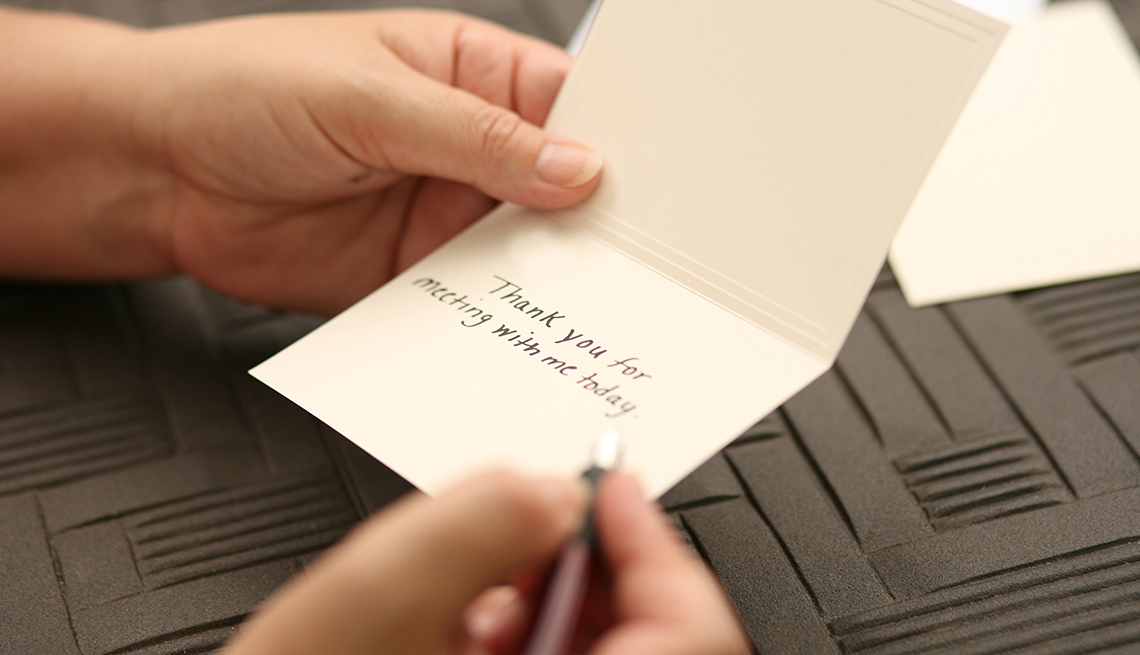
- Select a language for the TTS:
- UK English Female
- UK English Male
- US English Female
- US English Male
- Australian Female
- Australian Male
- Language selected: (auto detect) - EN
Play all audios:
The speed of events in Ukraine is overtaking even the most sophisticated military analysis. Only a week ago most observers thought that the Russian _blitzkrieg_ had slowed down and settled
into a new pattern: siege warfare. And it is true that the much greater civilian casualties that we are now witnessing reflect the fact that Russian heavy artillery, now fully dug in, is
bombarding several cities. In one, Mariupol, about 90 per cent of the buildings are said to have been damaged or destroyed. The official death toll there of 2,500 certainly understates the
human cost, which may be ten times greater. There have been comparisons with the wars in Syria and Chechnya, where Russian tactics were to raze entire cities, such as Aleppo and Grozny, in
order to break the resistance of rebels who lacked the ability to retaliate. But the war in Ukraine is not turning out to be a replay of those conflicts. Instead, the Russian forces have
been fought to a standstill on the ground and have failed to achieve command of the air. Despite the appalling destruction inflicted on their cities, Ukrainian morale is holding up well —
much better, as far as we can tell, than that of the Russians, whose reaction to heavy losses has often been to abandon or sabotage their equipment and even to surrender or desert. Even the
arrival of reinforcements from the remotest corners of the Russian Federation, such as Siberia and the Caucasus, has failed to instill the fighting spirit of the invaders. Instead, occupied
areas have witnessed lawless violence against and repression of the civilian population. Such criminal, drunken behaviour is not the mark of a victorious army. Nor have the Ukrainians
abandoned these areas: this week the mayor of Melitopol, who had been abducted by Russians, was returned alive in exchange for nine Russian prisoners. Now there are signs that the Ukrainians
are beginning to counter-attack. The expected assault on Kyiv has not happened, Kharkiv and other besieged cities are holding out and the expected breakthrough in the south has also failed
to materialise. Instead, the Ukrainians are putting pressure on the Russians around Kherson and Mykolaiv, while the besiegers are themselves besieged. The tactic of striking against Russian
encampments at night means that this largely conscript army is sleep-deprived. Its supply lines are constantly interrupted by drone attacks, meaning that food, ammunition, winter clothing
and other necessities are lacking. Hence the brutal treatment of civilians as hungry, drunken and increasingly desperate soldiers go foraging. The Russian troops already knew they were lied
to by the top brass about this “special operation”; now they know that they are on their own. The situation is indeed ripe for a decisive counter-offensive. But have we given Zelensky the
tools to finish the job? New weapons systems to destroy Russian armour and aircraft are being sent, but what is really needed is an antidote to the Russian artillery. The British and
American armed forces have state-of-the-art equipment that can locate the source of artillery shells and destroy gun emplacements in a matter of seconds. Letting the Ukrainians have the best
kit that NATO has is the only way to stop the war crimes against civilians. There is a risk that Putin would regard the use of more accurate defensive technology as an escalation, but it is
he who has chosen to target civilians in a deliberate attempt to terrorise them into submission. So why has such equipment not yet been offered to Kyiv? A clue might be that the White House
is still in the grip of a sceptical mentality towards the Ukrainians. This attitude was fuelled by the rapid collapse of the Afghan army last year and seems to have infected the think tanks
on whom President Biden and his colleagues relied. Typical of this condescension towards the Ukrainians is an article in the journal_ Foreign Policy_ published on January 21 by two
“experts”, Samuel Charap and Scott Boston, from the highly influential Rand Corporation. The headline says it all: “The West’s Weapons Won’t Make Any Difference to Ukraine.” The authors go
on to argue that high-tech arms would neither deter Putin nor affect the outcome in battle. This is what the “realist” school of foreign policy, embraced not only by Biden and the Democrats
but also by Trump and the Republicans, has come to. We now know that this _realpolitik_ has turned out to be as unrealistic as possible. As Garry Kasparov comments in a tweet, “the
Ukrainians fought damn hard and ruined this plan.” And the public in America and Europe has rallied behind Zelensky: “Ukraine is saving democracy and democracy is saving Ukraine.” Has
defeatism in the White House given way to hope? It is too soon to say. But Kasparov is surely right that public opinion in the West is now placing political establishments under pressure to
do more to stand up for Ukrainians and help them to defeat Putin. Sanctions are clearly asking a difference but more is needed. In his video speech to the Bundestag on Thursday, Zelensky
told the Germans things that they weren’t used to hearing and did not want to hear. He upbraided the incredulous politicians for their hypocrisy, endlessly repeating their mantra of “never
again” while allowing a new war — financed by them — to consume a European country. They had allowed a new Berlin Wall to emerge around NATO, with Ukraine and other neighbours of Putin’s
Russia on the wrong side of it. He echoed Reagan’s challenge to Gorbachev, calling on Chancellor Scholz to “tear down this wall”. The German reaction was revealing: polite applause,
immediately followed by a reversion to business as usual. But the press, alert to public opinion, was having none of it. The consensus is that this was the most shameful day in Germany’s
postwar parliamentary history. European leaders, like their American counterparts, are now on notice: give Zelensky the armaments he needs to defeat Putin, or face the wrath of the voters.
One final footnote: the collective memory of war is short and often defective. The main report in today’s _Times_ (behind a paywall) claims that the Russians have lost at least 230 tanks,
“the greatest loss of tanks by an army in conflict since the Second World War”. This is historical nonsense. To give just one example: in the Yom Kippur war of 1973, which lasted just over a
fortnight, the Israel Defence Force destroyed ten times as many Arab (mainly Egyptian and Syrian) tanks, at least 2,250 of them, and lost more than 1,000 of their own. The Six Day War of
1967 also saw much larger numbers of tanks destroyed in a very short period than we have so far seen in Ukraine. What such exaggerated comparisons with World War Two show is that many people
have forgotten about what has happened in the intervening four score years. The Russians themselves have clearly learnt the wrong lessons from history, but so have Western governments. We
should have remembered that in the right circumstances David will always defeat Goliath. The English archers destroyed the flower of French chivalry at Agincourt, just as superior leadership
plus better kit enabled Israel to defeat the Arabs in four successive wars. Fortunately, it is not too late. The tide may be turning in Ukraine; now is the time to draw on the arsenal of
democracy. Give Zelensky the right high-tech tools and he will finish the job. A MESSAGE FROM THEARTICLE _We are the only publication that’s committed to covering every angle. We have an
important contribution to make, one that’s needed now more than ever, and we need your help to continue publishing throughout the pandemic. So please, make a donation._




:max_bytes(150000):strip_icc():focal(579x449:581x451)/nancy-redd-bedtime-bonnet-5-86a5e56f5a844c588683afb207d77f42.jpg)



